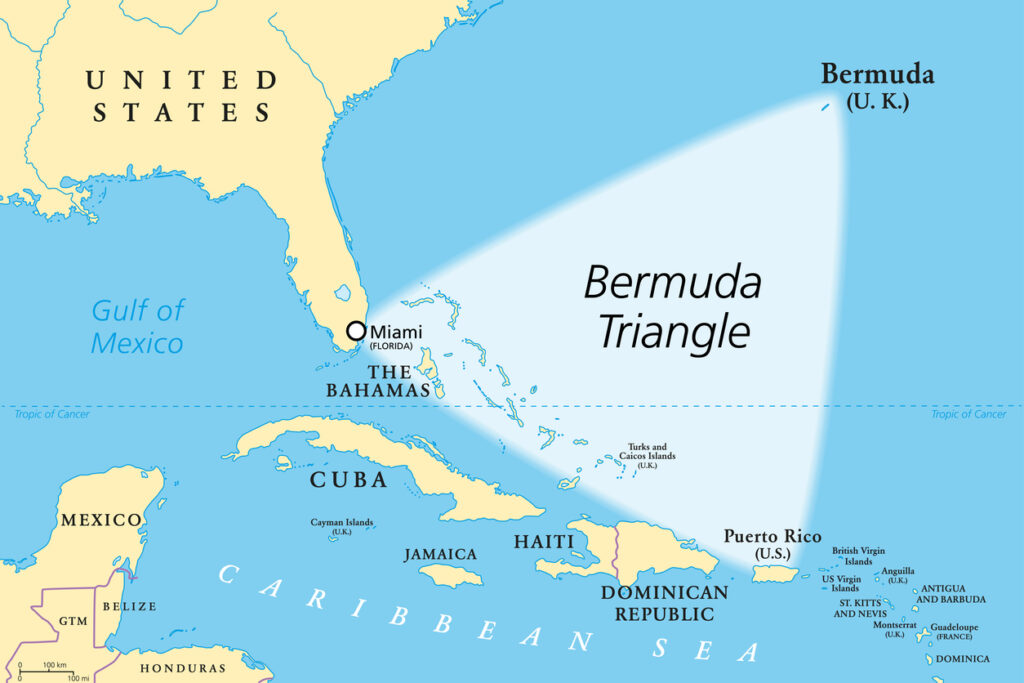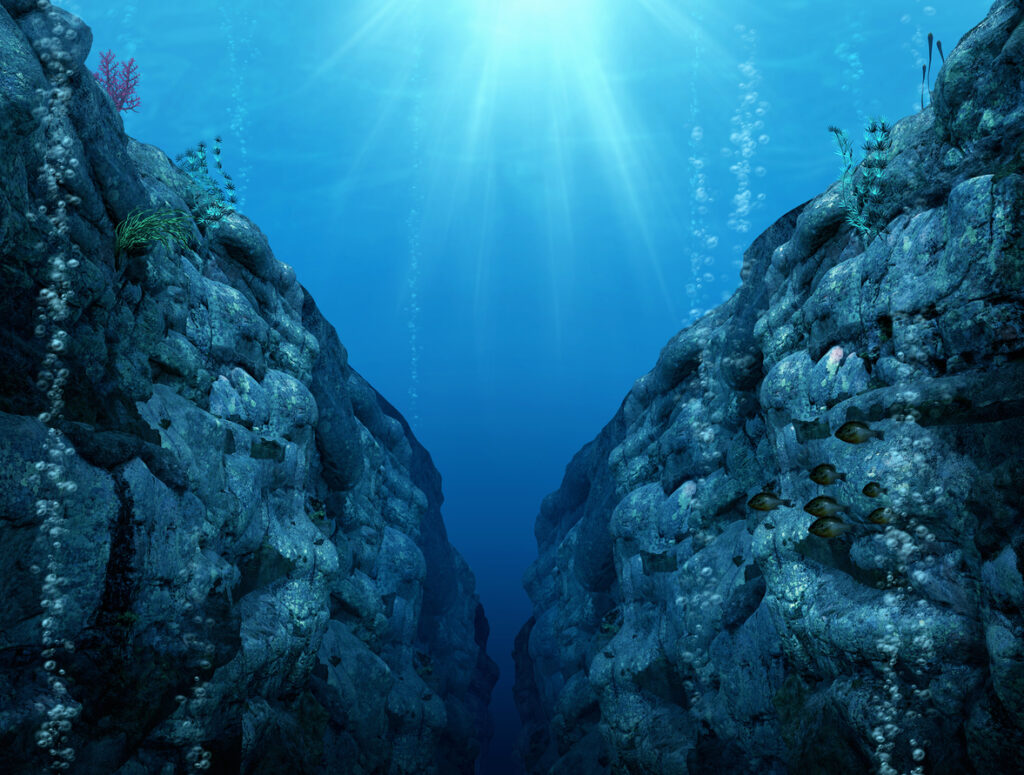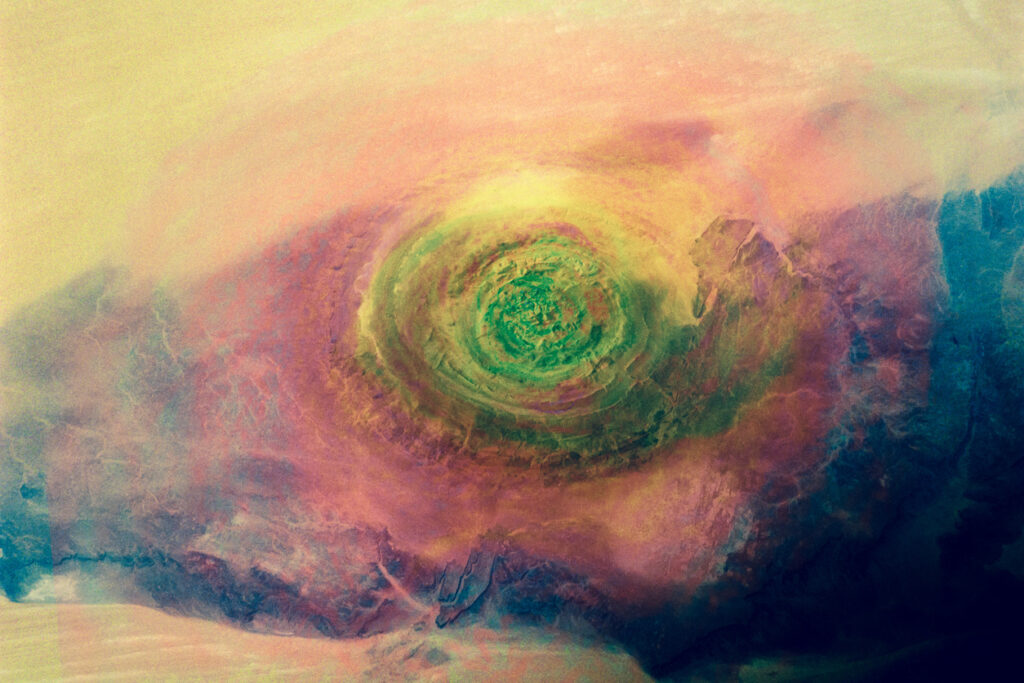
For all our satellites, sonar, and scientific breakthroughs, Earth still has a few spots that leave even the experts a bit flummoxed. These are the places that defy explanation, bend logic, or just won’t give up all their secrets, no matter how many studies are thrown at them. Whether it’s a strange patch of ocean or a mysterious hole in the ground, here are 10 places on our own planet that science still hasn’t totally figured out. Maybe we never will, and that’s kind of crazy to think about!
1. The Bermuda Triangle
Yep, it’s still weird. This patch of ocean between Florida, Bermuda, and Puerto Rico has a long history of planes and ships vanishing without a trace. Some say it’s just bad weather and human error. Others think there’s more to it. Despite modern tracking and navigation tech, unexplained disappearances still occasionally happen here. There’s no confirmed mystery… but there’s definitely something that keeps this area wrapped in speculation.
2. Lake Vostok, Antarctica
Buried under over two miles of ice, Lake Vostok has been sealed off from the surface for millions of years. It’s one of the largest subglacial lakes in the world—and we’ve barely scratched the surface. What’s in there? Unknown bacteria? Ancient ecosystems? Nobody’s quite sure. Drilling down risks contaminating it, so scientists tread carefully. Whatever’s living in that icy darkness could change what we know about life on Earth—or even life on other planets.

3. The Mariana Trench
It’s the deepest part of the ocean, and it’s more unexplored than the surface of the Moon. The Mariana Trench is nearly seven miles deep, and what little we’ve seen down there is genuinely baffling. There are strange creatures, odd metallic sounds, and pressure conditions we can barely study because the technology to survive it is still catching up. The deeper we go, the more we realise how little we actually know.
4. Hessdalen Valley, Norway
Since the 1930s, this quiet valley has been home to unexplained lights that hover, zigzag, and flash through the sky with no clear source. Locals are used to them. Scientists? Still confused. They’ve ruled out planes and satellites, and while some theories suggest natural plasma or gas reactions, nothing fully explains the regular, visible light shows. It’s one of the more polite mysteries, but a mystery all the same.
5. The Boiling River, Peru
This river in the Amazon actually boils—reaching temperatures hot enough to kill small animals that fall in. The weird part? It’s nowhere near a known volcano or geothermal hotspot. How it gets this hot is still debated. Some researchers think deep-earth cracks could be heating the water, but no one has proven it yet. The local legend says the river is protected by a spirit. Honestly, that explanation feels just as plausible at this point.

6. Mount Roraima, South America
This flat-topped mountain in Venezuela looks like it was carved out of another world. Surrounded by cliffs on all sides, it’s isolated and packed with plant and animal species that don’t exist anywhere else. Scientists still don’t fully understand how everything evolved there—or how some life forms survive in such a remote, mist-covered ecosystem. It’s like Earth’s version of a floating island, stubbornly doing its own thing.
7. The Devil’s Kettle, Minnesota
This waterfall splits in two. One half flows normally into the river. The other half? It vanishes into a deep hole in the rock and… no one really knows where it goes. Scientists have tried dye tests and trackers, and while recent research suggests it might rejoin the river underground, nothing’s been confirmed on camera. It’s like nature’s version of a secret passage that won’t spill its route.

8. The Sahara Desert’s Eye (The Richat Structure)
This massive circular feature in the Sahara Desert looks like a literal eye when viewed from space. It’s over 25 miles wide, and for a while, people thought it was an impact crater, but there’s no evidence of a meteor strike. Now it’s believed to be a collapsed geologic dome, but the exact sequence of events that made it look so perfectly round still isn’t nailed down. It’s geological art, with a mysterious backstory.
9. Movile Cave, Romania
This cave was sealed off from the outside world for five million years. When it was discovered in the 1980s, scientists found an entire ecosystem inside—completely isolated, with creatures that had adapted to zero sunlight and toxic air. The ecosystem survives on chemosynthesis, not photosynthesis, which flips a lot of biology assumptions on their head. Researchers still don’t fully get how it all works, but they do know it’s one of the strangest ecosystems ever found.
10. Yonaguni Monument, Japan
Off the coast of Japan lies an underwater rock formation that looks suspiciously like a sunken city—complete with what appear to be stairs, pillars, and carvings. Some say it’s natural. Others think it’s the ruins of an ancient civilisation. No one’s been able to agree on its origin. It’s either an incredible natural fluke or evidence of something we missed entirely in human history. Either way, it’s not giving up its secrets easily.